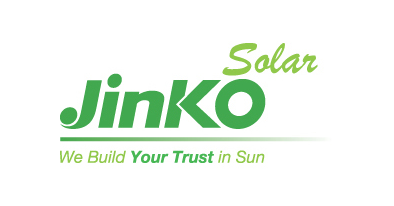

Finn's Jinko Solar Panels Review & Verdict
Finn Peacock has been a Chartered Electrical Engineer since 1998, and is ex-CSIRO
Jinko Solar panels are good quality, well-priced panels from one of the largest manufacturers on the planet. Importantly for Australians, Jinko have a strong Australian presence with a well-staffed local office and good Australian support.
Jinko is a big company with solid R&D (research & development) resources. Their latest "Tiger" panels are some of the most efficient available with efficiencies up to 22.53% - anything over 21% is a world class.
When I surveyed Australian installers in 2021, 2022 and 2023, they rated Jinko as the second best budget panels on the market.
But be careful: because Jinko panels are relatively low cost, they can sometimes be offered by retailers who are operating towards the bottom of the market. A good solar power system needs a lot more than a good brand of solar panels. A high quality installation is crucial.
Jinko solar panels, well installed, should offer decades of cheap energy. Jinko panels, badly installed, will not.
Jinko Solar Panels: Pros & Cons
- Good quality control - Jinko own the entire production process from making the silicon ingots right through to assembling the panels.
- High efficiency - Jinko technology offers some of the highest efficiencies of any manufacturer, with some models over 22% efficient.
- Billion dollar company
- Strong Australian presence
- Strong brand that the company will want to protect
- Well-priced
- Sometimes used by shonky solar retailers
About Jinko Solar
Jinko Solar is a Chinese company producing "tier 1" panels. The company has a physical Australian office in Sydney, offering local support if you have a problem - and that's a very good thing. But you shouldn't need to use it as generally speaking Jinko solar panels have proven to be a cost effective combination of reliability and price. The company also has dedicated warehouse facilities in Melbourne, Brisbane, Adelaide and Perth.
Company History In Brief
Jinko was founded as a company in 2006. I don't think they actually made anything that year, but I have to presume they were thinking really hard about making stuff. Other highlights from the company's early days were the production of ingots (big solid lumps of silicon) in 2007, slicing ingots into wafers in 2008, using those wafers to make cells and solar panels in 2009, then a stock market listing in 2010.
Since that time, the company has grown at a ferocious rate.
But a black mark in the company's history occurred in 2011, when hundreds of people protesting fish killed by a chemical spill in a nearby river stormed the Jinko factory in Haining City. Company cars were overturned, offices were trashed, and riot police were called in to stop the toxic avengers.
On a related note, an organisation called the Silicon Valley Toxics Coalition, or SVTC, used to produce an annual report ranking solar panel manufacturers on environmental and social responsibility.
In 2014 Jinko was given a score of 7 out of 100. Then in 2015, the company came 14th out of 40 companies surveyed, with a score of 53 out of 100. This was not a great result, but it was a huge improvement. But in 2018-19, the company was ranked no.1 by SVTC, with a perfect score of 100. SVTC doesn't appear to have published scorecards since that year.
So, Jinko Solar came a long way in a short time - and if they have a factory in your town I am sure they are far less likely to kill all the fish in the local river than they used to. Walking the solar talk, JinkoSolar has also pledged to power its own operations with 100% renewable electricity by 2025.
Manufacturing Locations And Capacity
As at mid-2023, Jinko had a total of 14 production bases in China, the United States, Malaysia and Vietnam..
By Q4, 2022, the company's production capacity of monocrystalline silicon wafers, cells and modules reached 65GW, 55GW and 70GW respectively. The company is shooting for annual production capacity for mono wafer, solar cells and solar modules to hit 75 GW, 75 GW and 90 GW, respectively, by the end of 2023.
By the end of Q1,2023, cumulative shipments of Jinko Solar modules had exceeded 150GW.
While a few years back (2019) JinkoSolar was ranked the number one manufacturer in terms of panel shipment volume, in 2021 it was at number 4 according to solar PV market intelligence and research firm PV InfoLink, after achieving number 2 in 2020. However, in the first half of 2022, Jinko had climbed back to the top.
Jinko's workforce had remained fairly constant at around 15,000 for several years while its production capacity had doubled. That's the way things go these days thanks to automation and robotics. But it appears to have added a bunch more staff in recent years, with a couple of estimates putting the number of employees at more than 24,000, and one at more than 31,000.
General JinkoSolar Panel Info
Among the Jinko solar panels currently sold in Australia are the Tiger (Neo and Pro) product lines available in various wattages up to 480W and efficiencies ranging up to 22.53%.
The higher the panel efficiency, the less roof space a system will take up. For most installations this is not a problem, but some people have a limited amount of room to install solar panels. Unlike some other manufacturers, the efficiencies Jinko gives for their panels are accurate and they don't cheat by not including the panel's frame in the efficiency calculation. That is appreciated.
Like many manufacturers these days, Jinko is focusing on producing panels with "half-cut cells"; which offer benefits including better partial shade tolerance.
All the panels they currently ship to Australia are salt mist corrosion resistant and suitable for installation in any location. Jinko panels available in Australia generally carry a 25 year product warranty these days.
Warranty Procedure For Orphaned Jinko Customers
If you have purchased Jinko panels from a solar installer who has since gone out of business, the responsibility for warranty claims shifts to JinkoSolar. Their customer service line in Australia is 1300 326 182 - affected customers should contact this line for warranty assistance.
Jinko have advised that customers will be asked to send through photos and serial numbers of affected panels to an email address that they will provide, and they will then arrange for the replacement of the panels. If required, Jinko will be able to recommend installers to carry out the work if a customer is unable to organise one themselves. They will also reimburse customers for labour costs involved with replacing the solar panels - $200 for the first panel, and $15 for each additional module.
SolarQuotes Installers' Choice Awards Winner
Since 2021 SolarQuotes has had an Installers' Choice Award. From 2021 through 2024 Jinko panels took second place for the "Every Dollar Counts" category, indicating they were a well thought of budget panels. In the 2025 SolarQuotes Installers' Choice Awards we we made it much simpler and just asked installers which panels they'd install on their own roofs. Despite having higher priced competition, Jinko Solar took third place.
Jinko Solar Panels Are A Cost Effective Choice
Jinko Solar panels offer a combination of good reliability and competitive pricing that can make them a very cost effective choice for home solar installations in Australia.
Check out the reviews below from Australians who have these modules on their rooftops, and add your own JinkoSolar panels review if you're an owner of any of their PV products.
Jinko Solar has 8 solar panels in our database
Filter by:
Jinko Solar Reviews (4392)
Show Most Relevant reviews from All time
- 5 star 3706
- 4 star 611
- 3 star 47
- 2 star 6
- 1 star 22
View Timeline
09 September 2025
08 August 2025
07 July 2025
28 May 2025
My previous panels were also from Jinko and the lasted with no problems. I expect these new ones to perform similarly.
14 April 2025
27 December 2024
20 December 2024
13 October 2024
01 October 2024
17 September 2024
The Tiger Neo JKM440N-54HL4-V panels are designed with the latest N-type technology, which significantly enhances their efficiency and power output. With an impressive power rating of 440W, these panels have maximized the energy production of my solar system. Even on cloudy days, their high efficiency ensures that I still generate a substantial amount of power, which has made a noticeable difference in my energy savings.
One of the first things I noticed about these panels is their robust build quality. The Tiger Neo panels are built to withstand the toughest environmental conditions, from heavy rain and strong winds to extreme temperatures. The panels are also resistant to potential-induced degradation (PID) and have excellent performance under low-light conditions. This durability gives me confidence that my investment will continue to pay off for many years to come.
Beyond their technical prowess, the JKM440N-54HL4-V panels feature a sleek, modern design that looks great on my roof. The black frame and high-quality finish blend seamlessly with my home's aesthetics, adding to its curb appeal. This combination of form and function makes these panels a standout choice for anyone looking to enhance both the appearance and efficiency of their solar setup.
The installation process for the Tiger Neo panels was straightforward and hassle-free. They integrated seamlessly with my existing solar infrastructure, and the installation team praised their design, which made the process quicker and more efficient. The panels' compatibility with various mounting systems ensured a secure and stable installation, which has performed flawlessly since day one.
Jinko Solar stands behind their products with an impressive 25-year performance warranty and a 15-year product warranty. This long-term commitment provides peace of mind and reflects the company's confidence in their product's longevity and performance. Additionally, Jinko Solar's customer support has been exceptional. Their team is knowledgeable, responsive, and always ready to assist with any questions or concerns.
Since installing the Jinko Solar Tiger Neo JKM440N-54HL4-V panels, I've seen a significant reduction in my electricity bills and a substantial increase in my energy independence. The panels consistently generate clean, renewable energy, helping me reduce my carbon footprint and contribute to a more sustainable future. The financial savings have been a great bonus, making this investment even more worthwhile.
I wholeheartedly recommend the Jinko Solar Tiger Neo JKM440N-54HL4-V solar panels to anyone seeking top-tier solar technology. Their superior efficiency, durability, sleek design, and excellent warranty make them an outstanding choice for any solar energy system. These panels have not only met but exceeded my expectations, and I am confident they will deliver the same exceptional performance for others.
Thank you, Jinko Solar, for producing such a remarkable product that has elevated my solar energy experience to new heights!
10 July 2024
The only new comment I would make is that I wish that I had insisted on the panels being installed on an angle - they would have been easier to keep clean (as well as capturing more light). This would have required quite a bit more work on roof space but would have been worth it.
18 June 2024
09 June 2024
03 May 2024
Updated after 12 months (May 2024).
We are still happy with our Jinko panels, in combination with our SolarEdge inverter (see above). We have not had any problems with the panels.
Our 20 panels are in two sets of 10, on two west-facing roof sections, on the upper (second) storey of a house on a hill, with excellent sun exposure. These roof sections are at the back of the house, so the panels are not visible from the street. The all-black panels look really good and would be fine if they were street-facing.
(We didn't put any panels on a north-facing roof section since this is smaller and was already "full" with a previously installed Stirling solar hot water system and some solar heating tubes for a pool. Incidentally, the solar hot water system has performed without a problem for 15 years and hot water costs are about $10-$20 for the year, using overnight back-up heating where necessary.)
There have been a couple of pleasant surprises with the solar system as installed. Firstly, even on overcast days, our solar production is enough to cover our household background electricity needs of about 0.2 to 0.3 kW for most of the day. Currently, in May, this is from 8.30 am to about 4.30 pm. Secondly, I was surprised that we got some solar production so early in the morning, even with only west-facing panels.
02 May 2024
04 March 2024
These Jinko panels are black and aesthetically ok on the eye.
I'll update this review in 12 months time when I've seen the performance of this kit.
04.03.24
Almost 12 months on, I'm really happy with what the 13x Jinko JKM430N-54HL4 panels on the western roof have produced, particulary over a mostly cloudy summer in Sydney. Surprisingly, October was the best month with 789kwh produced.
I would choose these panels again when my 16x 10 y.o. east and northern Hanwah panels give up.
Even my wife think they sit well on the roof ?
And also I'd like to mention Finn's Solarquotes site for all the up to date information and installers to choose from and ongoing reviews and new kit coming out.
08 December 2023
03 December 2023
14 September 2023
11 April 2023
13 February 2023
These are placed North and West and are providing a wide bell-shaped curve of PV energy during the day on the SolarEdge App. Export is limited to 5kW.
They seem to work very well even on a cloudy day.
16 December 2022
Also, each panel generated more power (440 watts) than other brand solar panels (400 watts). So, each panel maximised more power per roof space. The Jinko Solar Panels worked very well with no issues. We have no regrets!
29 November 2022
* TR technology + Half Cell
* Low Light Induced Degradation
* 9BB instead of 5BB
* Higher lifetime Power Yield
* Best Warranty
* Better low-light performance Warranty
20 year product warranty, 30 year linear power warranty
Everything integrated very smoothly and performs very well, even in low light.
Not sure what a linear power warranty is though.
27 October 2022
17 October 2022
31 May 2022
Loving my Jinko Panels + Fronius Gen24 + connected to my critical loads for backup power setup of 3KW in an event of grid-down scenario provided you have full sunshine.
07 May 2022
30 March 2022
03 August 2021
09 July 2021
24 May 2021
22 April 2021
Arranged in 3 strings: E/NE =6 panels + N =7panels + S =7 panels
Green IoT placed as many panels on the E ; NE ; and N panels as possible to maximise.
On other advice from a PV engineer I wanted to maximize the number of panels on our roof. so added S=7 panels
Excellent to date
I am now trying to find the best Energy retailer for our Solar system.
New to all this, I have found that my Energy provider has me on peak rates without informing me.
Being a loyal long time customer of this Australian Company I am very unhappy about this. What can I do?
I have been using your Energy Provider selection tool but prices are changing very quickly right now. I am also looking at Solar Analytics who you recommend highly. Cost at this time is a factor.
Are there any real time Solar panel diagnostics systems available that do not use Power inverters or micro inverters ?
Thank you for your website , I have looked at many of your videos and most of your information and I have found it invaluable. It is excellent.
28 January 2021
09 January 2021
23 December 2020
15 December 2020
Strongly recommend given the 20 year product warranty.
However, be wary if you have a small roof as these are physically larger panels.
26 November 2020
In saying this, I guess it will all even out in winter when the energy harvest will be lower. Still remains to be seen if we can still exceed the average energy quoted.
02 September 2020
04 May 2020
17 September 2019
02 August 2019
30 March 2018
A study period of 180 days has passed to pre solar kwh's showing a reduction of around 30%.
All Good
Ron & Colleen
28 March 2018
06 January 2026
The panels continue to generate a very pleasing rate of energy which especially at this time of the year allows us to do all the activities which use electricity, such as cooking, construction, using air conditioning, without fear of a large usage bill.
23 December 2025
20 December 2025
14 December 2025
Excellent warranty and performance guarantee.
Have had same brand smaller 250W panels for 11 years, still performing well, at similar output (once cleaned).
12 December 2025























































































































































































































































































































































































































































































































































































































































































































































































































































































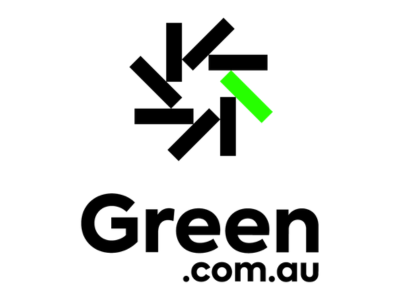






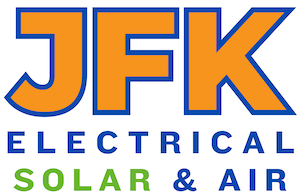

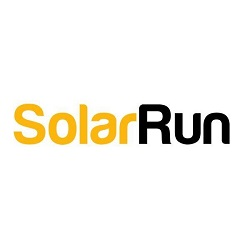
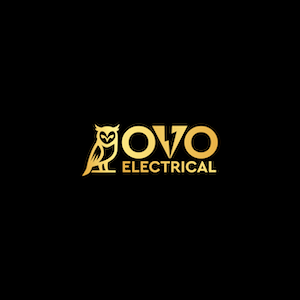

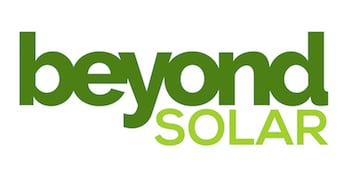

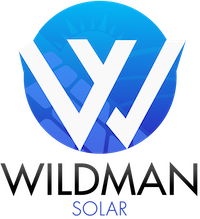


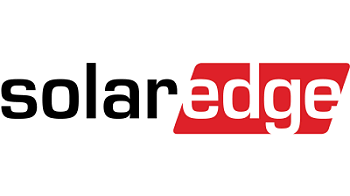
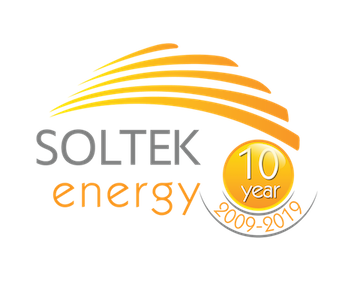
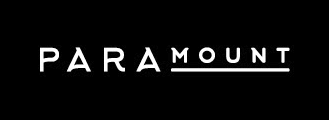
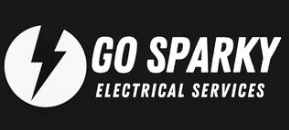



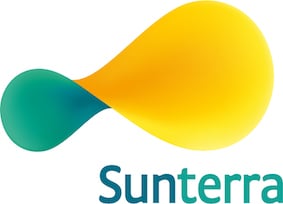
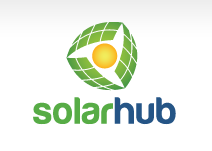

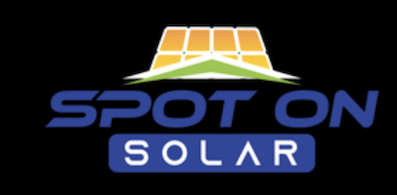
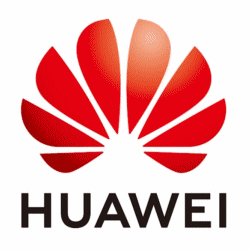

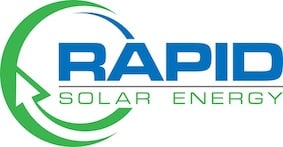

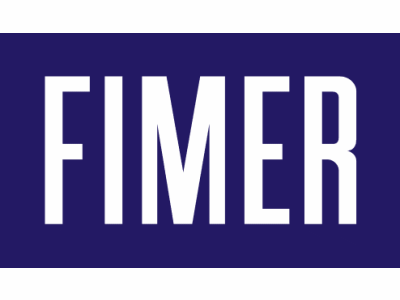

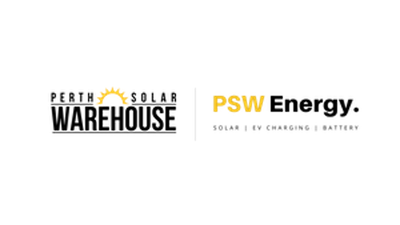
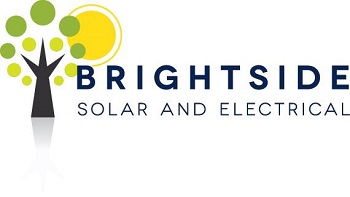


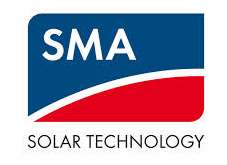
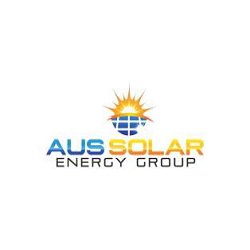
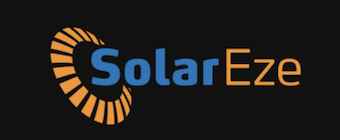
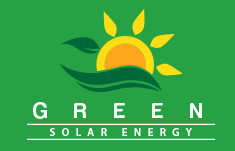
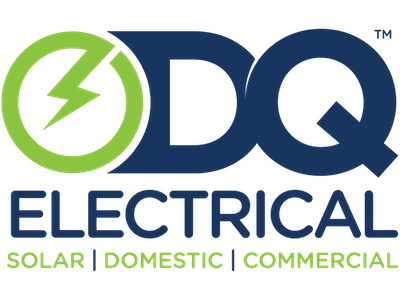

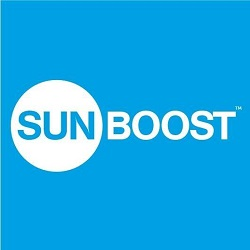


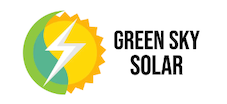


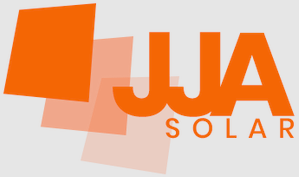



They did a great job with the solar wich works well until the standard weeks of gloom in winter as per expected .
The battery that was installed by "Green energy " , who also did an excellent job with installation. Bar a hiccup they have been great too .
The battery is a 13.5 kWh Alpha ESS smile 5 .
Even in spring I can't use 100 % of the battery.
But I try lol .